Market development trends of China’s plant protection drones (I)
About Plant Protection Machine
Using aircraft for plant protection is actually not a high-tech, but a very ordinary and mainstream behavior. We can see from the following series of data that aviation plant protection has long been one of the mainstream methods of plant protection in the world:
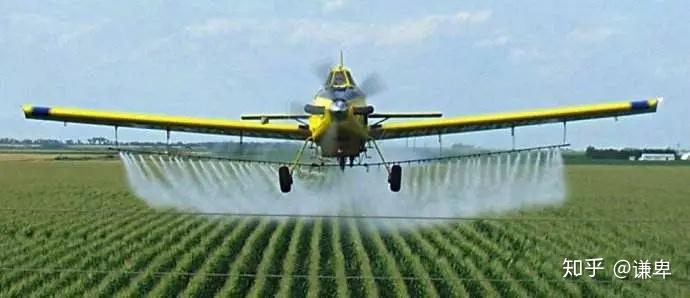

In 1921, the United States successfully used aircraft to spray arsenic agent to prevent and control forage pests, creating the history of agricultural aviation. In 1932, Huff-Daland Aircraft Manufacturing Company improved on its original model to create an aircraft used in the agricultural field.
Australia achieved agricultural mechanization as early as the 1960s, and even as early as 1947, it began to use aircraft for the first time in agricultural spraying. The first agricultural aircraft to be put into use was the DH82 Tiger Moths, which was originally used as a trainer and was transformed to serve agriculture.
Russia is a major agricultural aviation power. Data in 2014 showed that Russia owns 11,000 agricultural aircraft, and the aviation operation area accounts for 35% of the total arable land area.
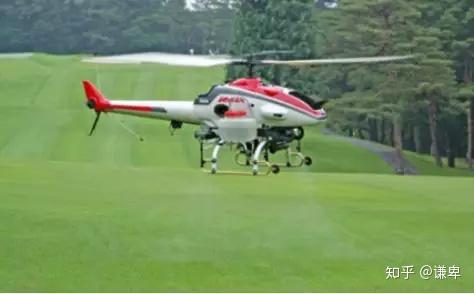

In 1983, Yamaha received a request from the Japanese Ministry of Agriculture, Forestry and Fisheries (affiliated with the Japanese Central Provincial Department). After four years of research and exploration, the unmanned helicopter R-50 with a load of 20 kg was released. According to Yamaha, although other countries around the world were also studying similar products at the time, the R-50 was the first unmanned helicopter to be put into agricultural spraying practices.
In 2005, Yamaha sold drones to South Korea. By the end of 2016, data showed that there were 600 Yamahas in South Korea for plant protection operations.
Current status of plant protection machine
As of now, the proportion of aerial plant protection in major countries accounts for arable land is as follows:
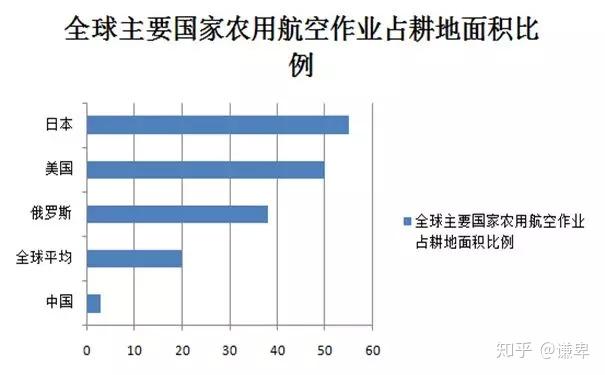

It can be seen that the current application proportion of aviation plant protection in China is only 2%, far lower than the world average of 17%. Therefore, in 2004, the Ministry of Science and Technology 863 Program , the Ministry of Agriculture Nanjing Institute of Agricultural Mechanization and other projects and institutions began to research and promote plant protection drones; then in 2008, small drones single-rotor low-voltage fertilization aviation spray technology began; in 2010, the emergence of the first commercial plant protection drone officially opened the prelude to the industrialization of China’s plant protection drone.
In fact, from the experience of the above countries, the three countries of the United States, Australia and Russia mainly use manned aircraft to operate. This type of aircraft has high investment, high load capacity and high efficiency. Only Japan and South Korea use plant protection drones. So why is this happening?
Plant protection drone vs plant protection manned machine
This is a very realistic problem. As for the current situation, the mainstream form of aviation plant protection in the world, at least in terms of planting area, is sprayed by manned aircraft. So why is China destined to move towards the Japanese and Korean models rather than the US, Australia and Russia models?
The answer is area. For the three countries of the United States, Russia and Australia, the vast land and relatively small population determine that the arable area owned by their single economic unit is extremely large. We can take a look at the agricultural data of the United States:
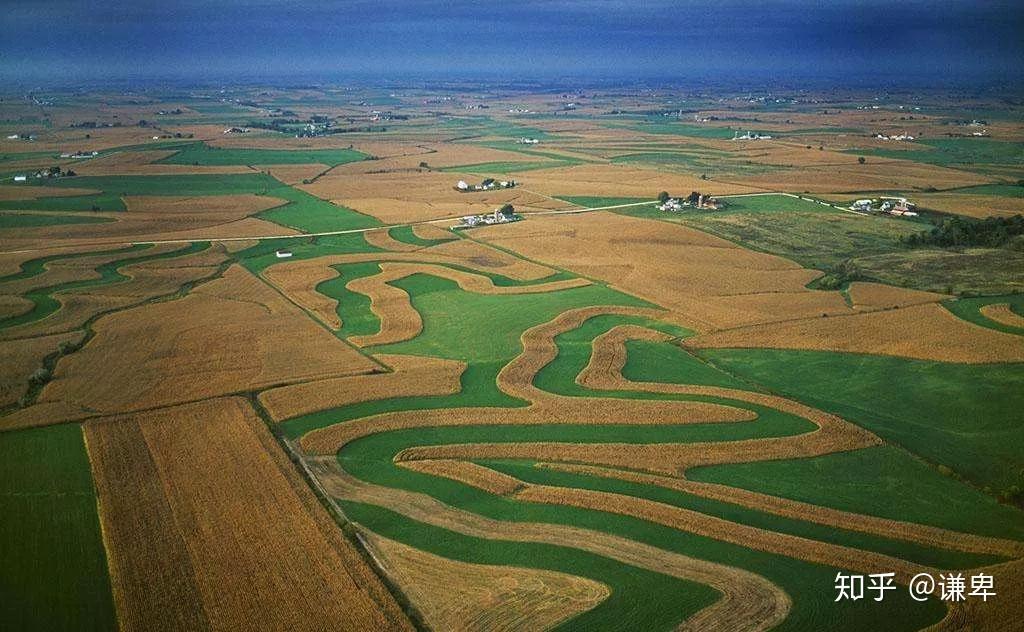

In 2009, the United States’ agricultural workers (farmers) was 2.056 million, with about 1.9 million farms, with a land area of 2.97 billion mu (after fallow area has been deducted), the average land area of each farm is 1,563 mu, and the average farm is only 1.08 people in production and operation. The average arable land area of each agricultural workers is as high as 1,445 mu.
For such a huge land area, the equalization of labor costs is extremely low, and the spraying accuracy of small aircraft (fixed-wing aircraft) can meet the needs of this breadth. Then, even if the fixed-wing aircraft appears as unmanned, due to the initial investment restrictions, the replacement power of American farmers will be seriously insufficient. What’s more, the drone is not a “unmanned” in the true sense, but there is no one on the aircraft, and people still need to operate the aircraft on the ground. In this way, the greatest advantage of drones is gone. As you can imagine, Australia and Russia are facing the same situation.
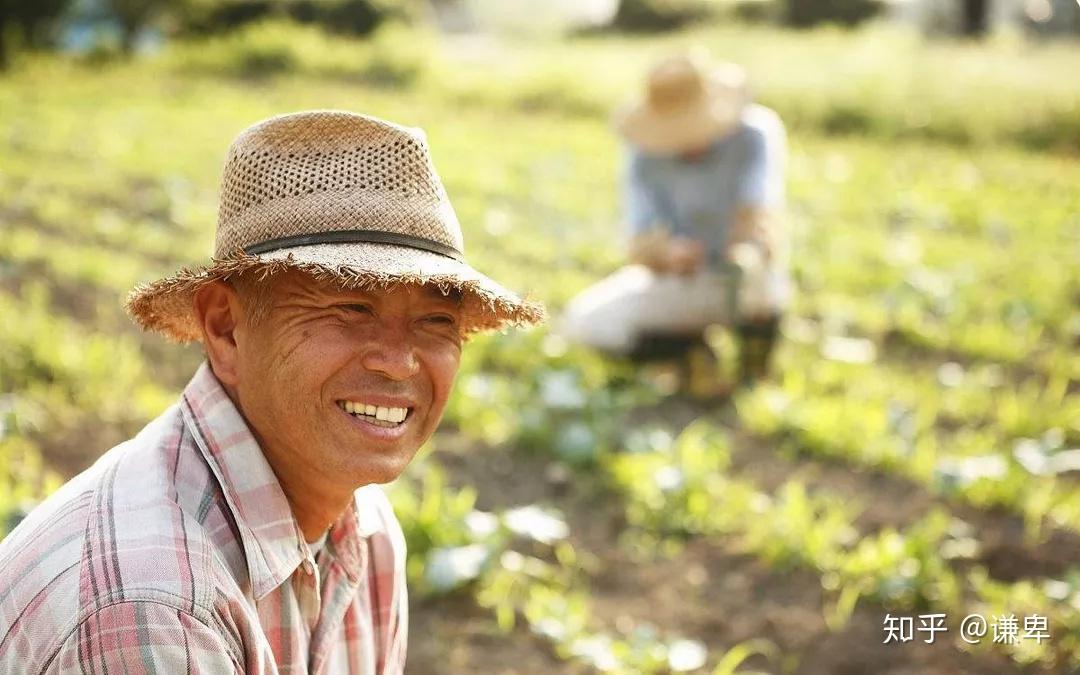

In 2015, Japan’s national arable land area was 4.496 million hectares, and the agricultural population fell below 2 million, a decrease of 60% compared with 1990. The average age of the agricultural population is as high as 67 years old. At the same time, the Japan Agricultural Cooperative Union controls the lifeblood of the production and circulation of Japanese agricultural products, but most of the association’s members are part-time farmers, and the average area of farmland is only about 2 hectares.
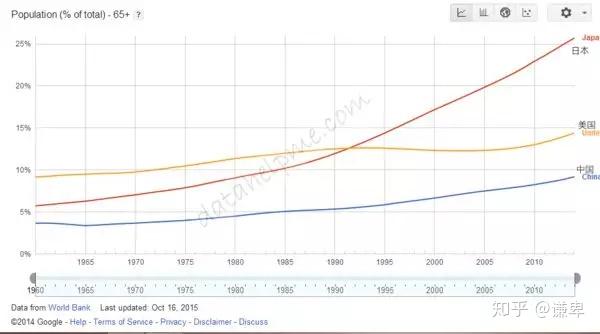

Note: The general international view is that when a country or region has an elderly population over 60 years old accounts for 10% of the total population, or a elderly population over 65 years old accounts for 7% of the total population, it means that the population of this country or region is in an aging society. Japan’s population reached about 7% from 1965 years old. So it began to age in 1965.
Judging from the above data, since the 1990s, Japan’s aging rate began to accelerate (at the same time it began to surpass the United States), causing a large number of workers to decrease. We know that based on factors that maintain social stability and agricultural production characteristics, the return on production of major crops will inevitably remain stable at a low level in the long run, and will not put agricultural production into a negative return. This brings a significant result. When the social labor is surplus, a large amount of the lower-level labor will be enriched on the land. When the social labor begins to lack, the fastest and ultimately the blood loss will inevitably be agriculture.
As Japan faces accelerating aging, it faces two options:
The first is to reduce the participation of manpower and allow more machines to replace humans to work to make up for the lack of manpower;
The second type is to carry out large-scale land transfers and use large-scale machinery and collaborative effects to make up for the lack of manpower.
To be honest, the second type is obviously better in terms of agricultural efficiency alone. However, private property ownership is the cornerstone of the capitalist market economy. Under this premise, it is impossible to make small farmers lose land on a large scale. So we can see that Japan ultimately actually adopts a compromise method, not only developing agricultural machinery suitable for small and medium-sized plots, but also forming the world’s most powerful Japanese agricultural synergy union to exert synergy effects (to some extent replaces the efficiency losses caused by the inability to large-scale land transfer).


Japan Agricultural Cooperative Union LOGO
The slogan of the Japan Agricultural Cooperative Union is: “Each for All All for One”, that is, “Everyone is for me, I am for everyone”.
Judging from the above analysis of Japan’s agricultural situation, it basically explains why the first generation of research and development of Japanese plant protection drones originated from the government’s requirements for Yamaha in 1983 , which is obviously a response strategy adopted by government departments when they see the upcoming aging population.


At the same time, it also explains why the Chinese government promoted the research and development and promotion of plant protection drones in 2004. Judging from the above chart, China’s population aging began to exceed 7% in around 2004, and the aging rate also accelerated significantly after 2004. It is commendable that the Chinese government’s response speed is much faster than the Japanese government, although this is a situation where technology is mature and a country can learn from.
Since 2004, we have faced the same difficulties as Japan, the decline in the working population (ultimately pointing to the extreme scarcity of the agricultural working population) and the difficulties in land concentration. In fact, our country is taking a similar approach to Japan. First of all, it is unquestionable to develop machinery suitable for new agricultural forms, but private property ownership is the lifeblood of capitalism, and land ownership is also an important part of socialism with Chinese characteristics. Therefore, what we have adopted is also a compromise method. On the one hand, institutional innovation and continuation, and transfer of land. On the other hand, institutional advantages have enabled government departments at all levels of the country to actually assume the responsibility of the Japanese Agricultural Cooperative Trade Union and guide and allocate overall resources. From this perspective, as the agricultural population becomes more aging and the decline in total, the following changes will inevitably be brought about:
The acceleration of land transfer, the formation of regional core resource allocation centers (unlike Japan, China’s vast territory determines that there will be no strong and refined management centers) and the technological and intelligentization of agricultural machinery brought about by the above two changes.
As mentioned above, the return on production of agriculture will inevitably remain at a low and stable position in the long run, and contracting farmland requires a huge initial cost. At the same time, the lack of agricultural finance and the lack of sufficient risk hedging knowledge and means will inevitably lead to China’s large-scale farm forms similar to those of the United States in the short term. According to the profits of the fields planting staple food in Jiangsu and Zhejiang in recent years, the income per mu is less than 800 yuan, and less than 50 mu means that the family income is less than 40,000 yuan. Such income families are obviously not enough to withstand any form of risks, and at the same time lack the knowledge and ability to resist risks, so they will gradually disappear. Therefore, China is likely to form a farmland distribution pattern with Chinese characteristics, with 50-200 mu of rural conservative growers as the grassroots, 500-1000 mu of professional growers as the mainstream, and with a very small number of large farmers with more than 2,000 mu of farmers.
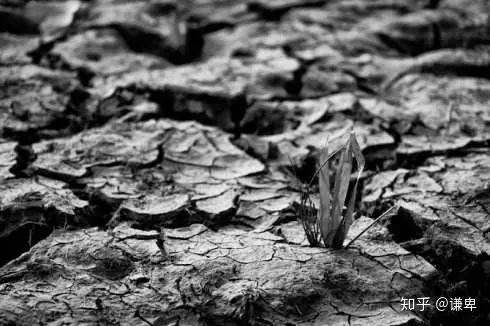

Assuming that our speculation is true, the mainstream users of agricultural machinery in the future will be small farmers with no more than 2,000 acres, while smaller farmers with 50-200 acres may mainly adopt the method of purchasing services to meet their needs. (This can be seen from the average age of Japan’s agricultural population. Obviously, a group with an average age of 67 years old cannot rely on themselves to complete the entire operation process. More choices will be to purchase services to meet their needs). Faced with such a site, it may also be accompanied by the fragmented farmland pattern. Ultra-large agricultural machinery is obviously not in line with the actual needs, and the same is true for fixed-wing aircraft (more than 1,500 acres per operation). Agricultural machinery for small and medium-sized areas will obviously be favored by the market, but we should also note that the smaller the better. As we mentioned above, ultra-small farmers will soon disappear from the mainstream, and the same is true for too small agricultural machinery.
Under the above pattern understanding, our country’s preliminary choice for plant protection devices is actually a similar oil-moving version of plant protection drones in Japan. But in December 2005, when Yamaha was preparing to export the 10th aircraft of the same type to a Beijing company, it was seized by Nagoya Customs. The Japanese government banned Yamaha from continuing to sell plant protection drones to China on the grounds that the plant protection drones might be used for military purposes. After this, China embarked on the road of independently developing small plant protection drones. After years of development, it has formed the distinction between oil-powered, electric, single-rotor and multi-rotor. Among them, the oil-moving single rotor actually originated in Japan, while the electric multi-rotor originated from the technological innovations of a series of technology companies headed by DJI and other technology companies 10 years later. We will explain the comparison of these two in detail in the next article.
Plant protection drone vs sprayer
Theoretically, both have their own advantages. Even in Japan and the United States, which have been implemented for decades, two different forms of aviation spraying only account for about 50% of the spraying method.
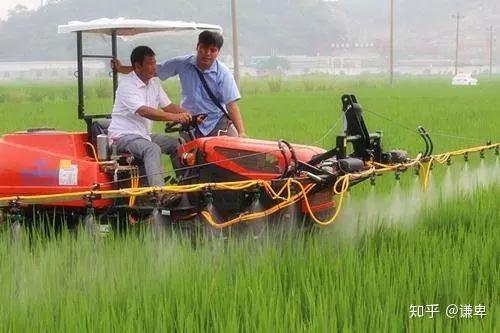

The advantages of the spray rod sprayer are low prices, high operating efficiency per unit time, and simple user operation, but it will crush fields and crops during operation, is not suitable for paddy fields, has a large amount of water spray, has an impact on driver’s health, is large in use of pesticides, and is inconvenient for user use and transportation.
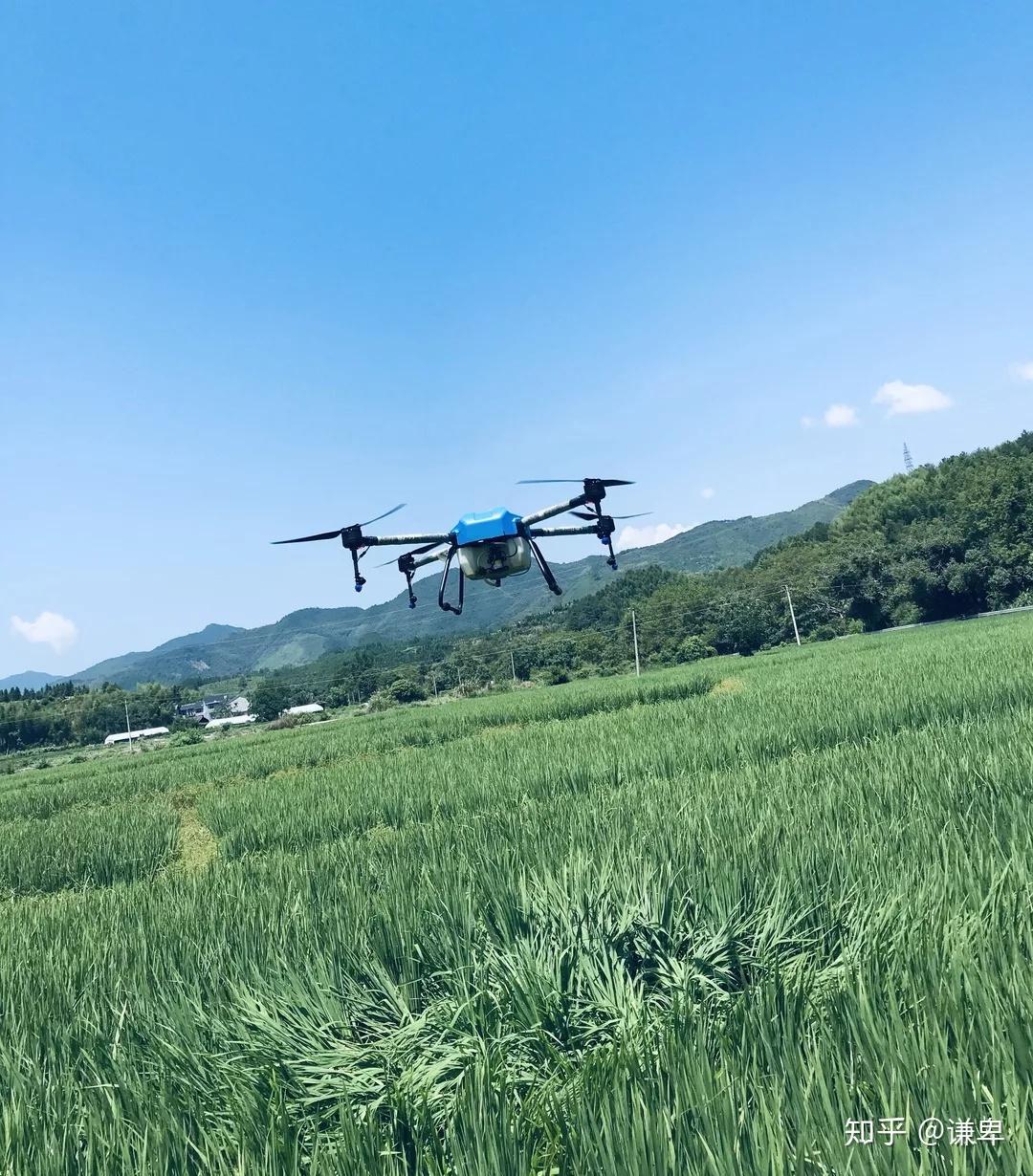

The advantages of plant protection drones are that they are not pressed, suitable for most terrain, save water and pesticides, are convenient and fast to transfer, and have high personnel safety, but they also have the disadvantages of relatively high prices, less operating efficiency per unit time than that of spray rod sprayers, and are relatively complicated to operate. In actual operation, some users will choose to use a spray rod sprayer when they are not afraid of seedlings in the early stage of planting; in the later stage of planting, they will choose a plant protection drone for spraying operations. At the same time, there are other suitable scenarios for both. It is expected to form a similar pattern of coexistence and collaboration between the two as in Japan.
